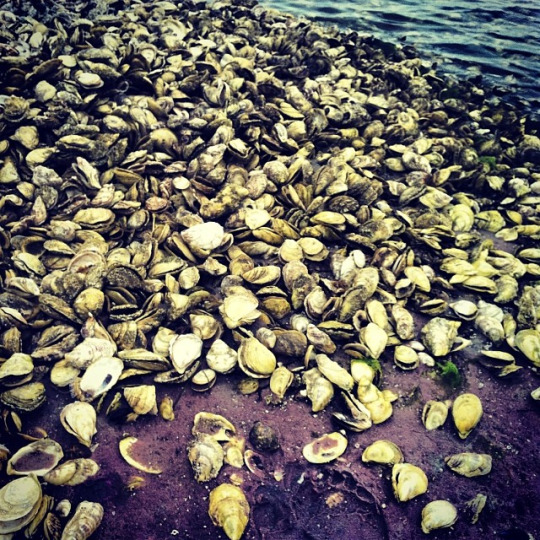Buttermilk Buckwheat Beet Crepes: A Brief Tutorial
Here is what I know about about crepe making. Do not attempt them under the following circumstances:
If you do not have a sturdy sauté pan. (It does not have to be non-stick, but you cannot be evangelically opposed to butter.)
If you have had more than two cocktails.
If you have had any cocktail named as follows: the Boilermaker (postmodern hipster version: Dad’s Manhattan and a Rolling Rock); Wrath; Sheena Easton; anything that comes in a Scorpion Bowl.
If you are down to a single pair of knee-high orange stripped socks and are procrastinating the laundry.
If you have said, “I don’t know why I’m crying,” in the past twenty-four hours.
If you are ovulating.
If you are someone who angers easily about ovulation jokes.
If you are over thirty and have recently been asked why you aren’t married. Give yourself two points if it was a relative.
If you have just listened to Seger’s “Turn the Page,” as covered by Metallica.
The point is crepes require your full attention. Distractions will only complicate matters. You must have your mental prowess. You must not be easily shaken by emotional shrapnel, housekeeping interference, or more than two fingers of whiskey. For at least a good 30 minutes.
I know this because the day I finally nailed this recipe, I was as calm as the ocean is blue. It took a few attempts to work out the kinks. But it certainly didn’t help that prior efforts were on less than six hours of sleep, with laundry piling, and a plague of circling fruit flies with aspirations of biblical proportions.
Crepes can sense these sorts of things. I swear they collapse on purpose.
But they are worth making. For one, the recipe is vetted. It involved a weird two weeks during which I ate beets daily. We won’t talk about the aftereffects. The dedication was apparent.
But these are simply beautiful. They are fuchsia-colored with black buckwheat specks. They don’t taste particularly beet-y, but they have a slight lingering earthiness and resilient chew. The buttermilk lends its tang and all of this taken together nearly threatens sensory overload, until you remember that you are eating a crepe.
Never mind the pink. Actually, totally mind the pink. The pink is the point. Never mind everything else.
Buttermilk Buckwheat Beet Crepes
Ingredients:
- 1 medium-large beet (about 3-inches), cooked and peeled
- 1 cup buttermilk (have extra around if your batter needs a little thinning, see below)
- 1/3 cup buckwheat flour, sifted
- 2/3 cup all-purpose flour, sifted
- 2 tsp sugar
- 4 eggs
- 2 tbsp butter, melted and slightly cooled, plus more for greasing the pan
- scant ½ tsp kosher salt
Instructions:
Puree the beet in food processor, thinning it out with a little water (about ¼ cup) until the mixture starts to loosen slightly. Using a wire mesh strainer, separate out the pulp; reserve the solids for another use. You should get about 1/3 cup of liquid. Pour the beet juice into a measuring cup. If it’s just a little shy of 1/3 cup, simply add a bit more buttermilk than called for: you’ll need 1-1/3 cups total liquid between the juice and the buttermilk.
In a medium bowl, combine the liquid with the flours, sugar, eggs, melted butter, and salt; whisk together. Let the batter sit for an hour (this is important).
When you are ready to prepare the crepes, heat a 9-inch sauté pan on medium-high heat. Butter the pan, discarding any pooling fat. Pick the pan up and pour 1/3 cup of crepe batter in the center of the pan and quickly swirl it with your wrist to evenly distribute the batter. This will probably take a few crepes to get the hang of it.
The crepe will cook for about 30 to 60 seconds (until it starts to look dry to the touch on the top side). Using a rubber spatula, gently flip the crepe and cook for another 15 to 30 seconds.
Re-butter the pan, as needed (I did about every other crepe, wiping out the excess butter).
Repeat until the batter is gone.
Makes about 10 crepes
Notes:
- Buttermilk provides a nice tang but it is a bit tricky to work with because brands have varying consistencies and some can make the batter a little thick. If you want to avoid this altogether, just use milk. Ultimately, your crepe batter should be the texture of cream. (I’ve thinned it out with a little water in a pinch, but it should also settle as it sits.) Which reminds me: don’t neglect letting the batter sit, the crepes are easier to handle and hold together much better after resting. And hang tight, the first few crepes are typically troublemakers.
- The crepes will last about four days in the fridge. Or you can freeze them between pieces of parchment or wax paper for longer.
- To cook beets, I roast them in foil with some olive oil and salt at 425 degrees until they’re knife-tender.








